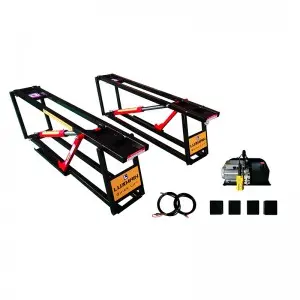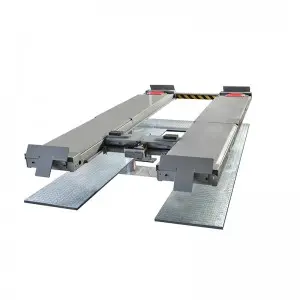Cylinders are some of the most common mechanical components used in various applications across industries such as manufacturing, construction, transportation, and aerospace. These simple yet robust devices have a wide range of uses, from providing linear motion to generating hydraulic or pneumatic pressure. In this article, we’ll take a closer look at cylinders, their types, functions, and how to maintain them properly.
What is a Cylinder?
A cylinder is a mechanical device designed to convert fluid or air pressure into linear mechanical motion. It consists of a hollow metal or plastic tube (the barrel) that contains a piston or plunger, which slides back and forth along its length. The piston is typically sealed against the barrel by an O-ring or other seals, so that fluid or gas can be pumped into or out of the cylinder through ports located at each end.
Types of Cylinders

A Complete Guide to Cylinders: Types, Uses, and Maintenance
Cylinders come in various types, depending on the intended use and the type of fluid or gas they’re designed to work with. Some of the most common cylinder types are:
Hydraulic Cylinders
These cylinders use hydraulic fluid to provide motion or force. They’re often found in heavy equipment, such as cranes, bulldozers, and excavators, or in industrial machinery such as presses, stamping machines, and injection molding machines.
Pneumatic Cylinders
Pneumatic cylinders use compressed air to move pistons or plungers back and forth. They’re commonly used in applications such as robotics, assembly line equipment, and packaging machines.
Single-Acting Cylinders
These cylinders are designed to provide force or motion in only one direction. They achieve this by using fluid or gas pressure on one side of the piston, while allowing the other side to vent.

A Complete Guide to Cylinders: Types, Uses, and Maintenance
Double-Acting Cylinders

A Complete Guide to Cylinders: Types, Uses, and Maintenance
Double-acting cylinders can provide force or motion in both directions, using fluid or gas pressure on both sides of the piston. This makes them suitable for applications that require precise control of motion or force.
Telescopic Cylinders
Telescopic cylinders use a series of nested tubes to achieve longer strokes, without increasing the length of the cylinder. They’re often used in applications such as dump trucks and trailers, or in hydraulic presses that require high forces over a limited stroke.
Uses of Cylinders
Cylinders are used in a wide range of applications in various industries, including:
– Providing linear motion in heavy equipment, such as cranes, excavators, and bulldozers.
– Controlling the motion of robotic arms and other automation equipment.
– Generating hydraulic or pneumatic pressure for industrial machinery, such as presses, stamping machines, and injection molding machines.
– Controlling the position and force of tooling in metalworking and woodworking equipment.
– Providing controlled actuation for valves and other fluid handling equipment.
Maintenance of Cylinders
Proper maintenance is essential to ensure the reliable and safe operation of cylinders. Some maintenance tasks include:
– Regular inspection of seals and O-rings, and replacement as needed.
– Lubrication of moving parts with the recommended oil or grease.
– Cleaning of the cylinder barrel and all internal components before assembly.
– Inspection of mounting hardware, and tightening or replacement as needed.
– Monitoring of fluid or air pressure, and adjustment to the recommended operating range.
In addition to these tasks, it’s important to follow the manufacturer’s recommendations for service intervals and other maintenance procedures.
Conclusion
Cylinders are simple yet versatile devices that play a critical role in various applications across industries. By understanding the different types of cylinders, their uses, and how to maintain them properly, you can ensure reliable and safe operation, and avoid costly downtime or damage to equipment.quick car jack lift




